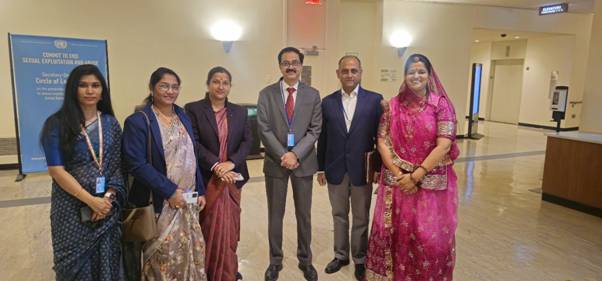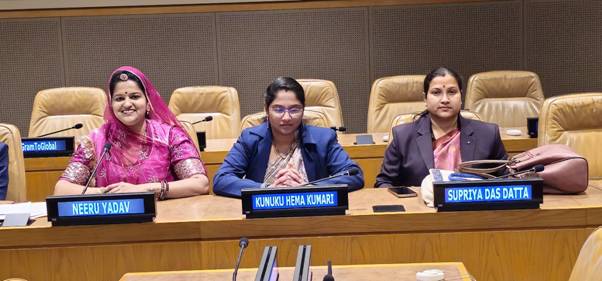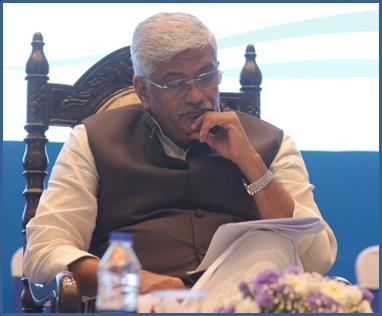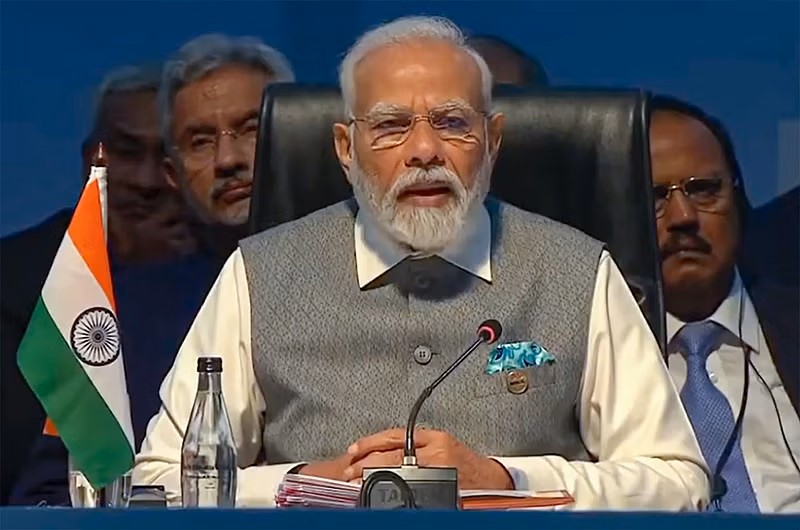The United Nations Headquarters in New York hosted a significant event as the voices of elected women representatives (EWRs) from India’s Panchayati Raj Institutions took the spotlight at the CPD57 Side Event titled “Localizing the SDGs: Women in Local Governance in India Lead the Way.” These women leaders shared their impactful stories and transformative initiatives, demonstrating their commitment to advancing the Sustainable Development Goals (SDGs) through their work in local governance.
 Three prominent women Panchayat leaders—Smt. Supriya Das Datta, Smt. Kunuku Hema Kumari, and Smt. Neeru Yadav—showcased their groundbreaking work in empowering women and girls in various areas, including combating child marriage, promoting education, and fostering financial inclusion and environmental sustainability. Their narratives highlighted the strength and impact of women’s leadership in achieving the SDGs.
Three prominent women Panchayat leaders—Smt. Supriya Das Datta, Smt. Kunuku Hema Kumari, and Smt. Neeru Yadav—showcased their groundbreaking work in empowering women and girls in various areas, including combating child marriage, promoting education, and fostering financial inclusion and environmental sustainability. Their narratives highlighted the strength and impact of women’s leadership in achieving the SDGs.
The event was jointly organised by the Permanent Mission of India to the United Nations and the Ministry of Panchayati Raj, in collaboration with the United Nations Population Fund (UNFPA). It occurred as part of the fifty-seventh session of the United Nations Commission on Population and Development (CPD57).
Ambassador Ruchira Kamboj opened the event by emphasizing India’s Panchayati Raj system as a model of decentralized rural local self-government and a prime example of direct democracy. With over 1.4 million elected women representatives (EWRs), India’s Panchayati Raj journey exemplifies empowerment, inclusion, and progress, particularly through women’s leadership. Ambassador Kamboj discussed the careful alignment of local planning processes with the SDGs, with a focus on addressing women’s issues.
Shri Vivek Bharadwaj, Secretary of the Ministry of Panchayati Raj, discussed India’s commitment to empowering women in local governance, where over 46% of elected representatives are women. He highlighted the innovative approaches taken by Panchayati Raj Institutions, such as utilizing technology for development and policy interventions, including initiatives like “Drone Didi” and “Lakhpati Didi.”
The event included presentations from the three iconic Elected Representatives—Smt. Supriya Das Datta from Tripura, Smt. Kunuku Hema Kumari from Andhra Pradesh, and Smt. Neeru Yadav from Rajasthan. They shared their experiences in local governance, advancing the localization of SDGs in thematic areas, and demonstrating the transformative power of grassroots leadership.
The event also featured remarks from keynote speakers such as Deputy Permanent Representative of Norway to the United Nations Ambassador Andreas Lovold, who emphasized the importance of women’s leadership in local governance for development. He praised India’s women-led development as an inspiration to the global community.
Representatives from UNFPA, including Mr. Pio Smith, UNFPA Asia Pacific Regional Director, and Ms. Andrea M. Wojnar, UNFPA India Representative, also commended India’s efforts in advancing gender equality and localizing the SDGs. Ms. Wojnar emphasized that India’s success is crucial to the world’s success in achieving the SDGs.
The CPD57 Side Event underscored the crucial contributions of women in local governance towards achieving the SDGs. It sparked interest in sharing India’s Panchayati Raj model as an effective system of local governance. As Ambassador Kamboj stated, this system has transformed development, with women leading in the fields of health, education, sanitation, and livelihoods across India.




